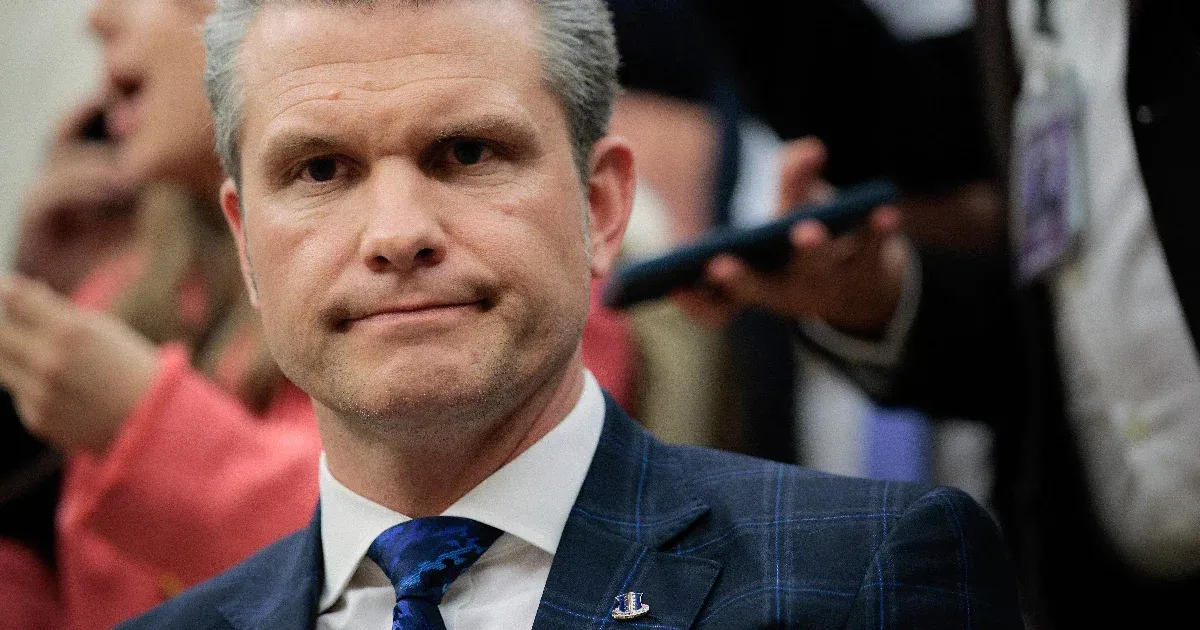Nuclear energy plays an important role in the electricity supply of EU countries: last year, the complex’s 167 nuclear power plants represented a capacity of 148 thousand megawatts, and produced 22 percent of the electricity in the EU-27. Attila Aszodi from the Institute of Nuclear Technology at BME highlighted In his latest research, his university professor and the research team.
Nuclear power is the European Union’s largest carbon-neutral producer and largest exporter of electricity.
While Germany eliminated nuclear power from its energy mix this year, other countries, such as Hungary, Slovakia, the Czech Republic, France, the Netherlands, Sweden and Finland, plan to extend the operating hours of existing units and build new ones. Poland, for example, does not currently use nuclear power, but is working on building new nuclear power plant complexes. Despite this, many energy policy actors in Europe support the phase-out of nuclear energy.
They have worked with many models
Using high-resolution simulations, the research team investigated the impact on carbon neutrality targets and ongoing electricity supplies if EU countries phased out nuclear power and replaced it with solar, wind and gas power plants. Examination results a Nuclear engineering and design It was published in a magazine.
In our research, we reviewed the energy strategies of the 15 EU countries that currently use or plan to use nuclear power – Belgium, Bulgaria, Croatia, Czech Republic, Finland, France, Netherlands, Poland, Hungary, Germany, Romania, Spain, Sweden, Slovakia and Slovenia – and summarized their 2030 electricity demand and 2040 power plant portfolio. Assumed.
He also stated that using the IAEA’s ESST modeling framework, they created models of electricity supply for each of the countries examined. With their help, they studied how the operation of the systems would change compared to a reference scenario if countries phased out nuclear power from their energy mix.
For this purpose, a solar energy capacity equivalent to three times the nuclear capacity and a wind energy capacity equivalent to twice the nuclear capacity have been built in the countries’ systems. In another scenario, in addition to the above-mentioned solar and wind capacity, a gas-fired power plant with the same capacity as nuclear capacity was supposed to be included in future electricity systems – in addition to the simultaneous phase-out of nuclear power, accepting the government’s estimates of the future development of electricity needs.
The models were used to examine how these electricity systems will operate in 2030 and 2040.
As well as how the share of individual energy sources in electricity supply may develop, what limitations may exist in electricity supply, what are the carbon dioxide emissions in the system and demand for natural gas, as well as the need for excess production and storage of electricity. .
Nuclear power is inevitable
The research reached a clear conclusion: even if we installed three times the capacity of each country’s nuclear power plant in solar PV plants and twice as many wind power plants,
Even then, it was not possible to produce the required amount of electricity due to the variability of weather-dependent renewable energy sources.
“If a gas-fired power plant with a capacity equivalent to that of nuclear power plants is integrated into the systems, in addition to significant renewable capacity, security of supply issues (challenges of continuous energy supply) will be resolved, but countries’ natural gas consumption and related carbon dioxide emissions will increase.” Also radically,” they state in their paper, then point out: Given that the EU27 is largely dependent on natural gas imports, this raises an issue not only of climate protection, but also of security of supply.
Based on the results of high-resolution simulations, phasing out nuclear power plants would increase CO2 emissions by 90 million tons by 2030 in the 15 countries studied, compared to if nuclear power remained part of the energy mix in 2030. The electricity system in 2040 would emit an additional 80 million tons of carbon dioxide if we did not use the nuclear power plants planned in the Union’s energy strategies.
They highlight that the electricity system in the countries studied would require about 50 billion cubic meters of natural gas per year in the 2030s and 2040s if we did not use nuclear power – although the calculations were based on a radical increase in solar and power. Wind energy capabilities. All this raises serious concerns from the point of view of climate protection and security of supply.
There are technological barriers
The result is clear: the scenarios with the lowest CO2 emissions are those that include nuclear power. Closing nuclear power plants, despite significant solar and wind capacities, increases system CO2 emissions, increases the length of periods during which supply may be partially limited, and requires significant electricity storage capacity.
According to the calculations, seasonal storage extending over months and seasons will also be needed, for which there is no real technology yet.
“The European Union has a significant interest in maintaining and, in some countries, developing nuclear capacity. Thus, extending the life of existing nuclear power plants and building new units is reasonable and appropriate. The calculations discussed also clearly show that conserving nuclear power In the EU it is absolutely essential in order to achieve the goals of decarbonisation, security of supply and sustainability.
According to the research, only in Sweden out of 15 countries can the goal of 90 percent carbon-neutral electricity production in 2040 be achieved without nuclear power. All other countries’ electricity sectors are unable to meet their climate protection targets without nuclear power – although she added that Sweden’s exposure to fossil fuels would still increase.
Regarding the research, it is important to highlight the following: not only one country was examined, but fifteen countries in total, and the increase in natural gas consumption and the computational uncertainties resulting from the variability of renewables production are also presented. Differences between countries highlight potential weaknesses and trends in supply, but due to the simplification of the model, the current study does not describe cross-border capabilities. Improvements in methods are expected, but it can still be said: “Only on the basis of the results of high-resolution models can and should be made sound strategic decisions in the energy field.”
(Cover photo: Brendon Thorne/Bloomberg/Getty Images)











































